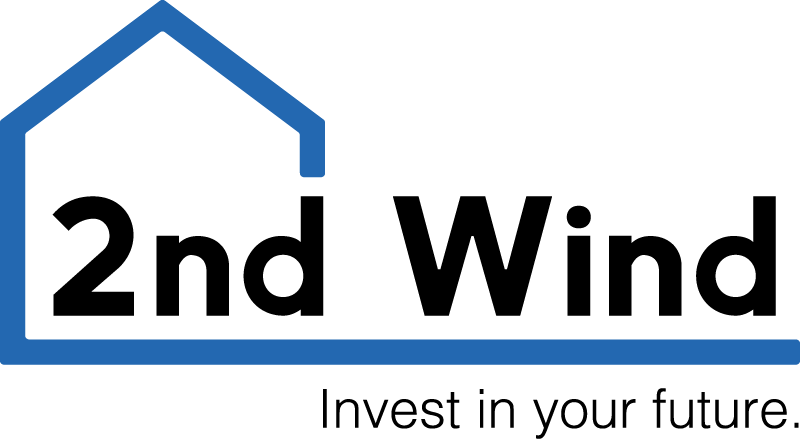Ever wonder how real estate newcomers who don’t have a ton of cash are able to keep buying investment properties? The answer for many savvy investors is the use of a “cash out refinance”. A cash-out refinance is the action of taking out a new mortgage on your property to pull out your accrued equity; this option can free up the cash you have invested in any given property to use on future investments.
How much money will I get from a cash-out refinance?
To qualify for a cash-out refinance, you need to have a certain amount of home equity. That’s what you’re borrowing against.
Let’s say you financed an investment property for $180,000, you upgraded a few things and held onto it for a couple years, and now your home is worth $250,000 you initially put down ~20% so you still owe $150,000 on your mortgage. That gives you $100,000 in home equity, or 40 percent of the home’s value.
You generally will need to retain at least 20 percent equity after refinancing (though some lenders will go lower), so that gives you $50,000 available to borrow.
To borrow that amount, you would take out a new mortgage for $200,000 ($150,000 already owed plus $50,000) and receive a $50,000 check at closing. This doesn’t take into account your closing costs, which are 3-6 percent of the loan amount and are often rolled into the mortgage.
Cash-out refinancing is a great way to hold onto an asset while still freeing up your cash for your next investment property purchase!

